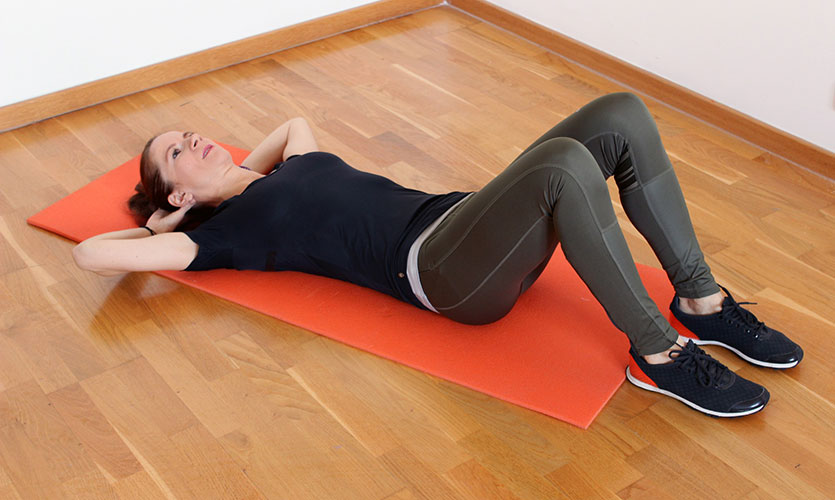Sport and Exercise Science study highlights the health benefits of a Home-HIT routine

How much do you exercise? Government guidelines suggest that, in order to stay healthy, adults should perform at least 150 minutes of moderate aerobic activity every week – that’s exercise that gets your breathing and heart rate up.
A new study investigating a home-based, high-intensity interval training regimen (Home-HIT) was recently carried out by LJMU’s Research Institute for Sport and Exercise Sciences (RISES), and has now been published in The Journal of Physiology. This is the first study of its kind to show that a time-efficient Home-HIT programme, which does not require any equipment or direct supervision, can have substantial health benefits, in particular for obese individuals living with cardiovascular disease.
Previous research has demonstrated that under controlled laboratory conditions, we’re able to get the same benefits from three 20-minute exercise sessions, as from the Government-recommended 150 minutes. However, the question is whether data produced in highly controlled laboratory environments can be translated to the real world…
In order to answer this, the research team were interested in whether Home-HIT is a time-efficient strategy that helps to reduce other common exercise barriers – such as difficulty with access to exercise facilities, travel time and cost.
In this study, 32 obese participants completed a 12-week programme of either:
- A supervised, lab-based cycling HIT programme
- The Government-recommended 150 minutes of moderate intensity exercise
- A home-based HIT programme of simple body weight exercises suitable for people with low fitness and low mobility, and performed without equipment
For all of these regimens the exercise was performed three times per week.
The researchers measured a range of health markers in these participants, including body composition, cardiovascular disease risk, and the ability to regulate blood glucose levels. They found that the home-based HIT was as effective as both the Government-recommended 150 minutes of moderate intensity endurance exercise per week and the supervised, lab-based HIT programme for improving fitness in obese individuals. Specific improvements were noted to include: aerobic exercise capacity (fitness), insulin sensitivity, brachial artery endothelial function (FMD) and reduced aortic stiffness.
Sam Scott, first author of the study said:
“An exercise regimen, such as Home-HIT, reduces barriers to exercise including time, cost, and access to equipment. It also increases adherence in previously inactive individuals, giving people a more attainable exercise goal. Subsequently these regimens could help improve the overall health of countless individuals.”
It’s an exciting time for RISES, as this publication is the first in a series of ongoing studies – all designed to reduce exercise barriers and encourage those living with obesity and type two diabetes to take part in more physical activity. RISES also hope that further studies will serve to highlight the benefits of Home-HIT programmes and contribute to a change in attitude, whereby exercise is also seen as a type of therapy, used for the prevention of lifestyle related diseases.
Are you interested in a career in Sport Science? Head over to our School of Sport and Exercise Sciences to take a look at our current course offerings. For more information on careers in the Sport Science field, you can also visit The Physiological Society website.
Related read:
Sport and Exercise Science education adds £3.9 billion income to the UK economy


